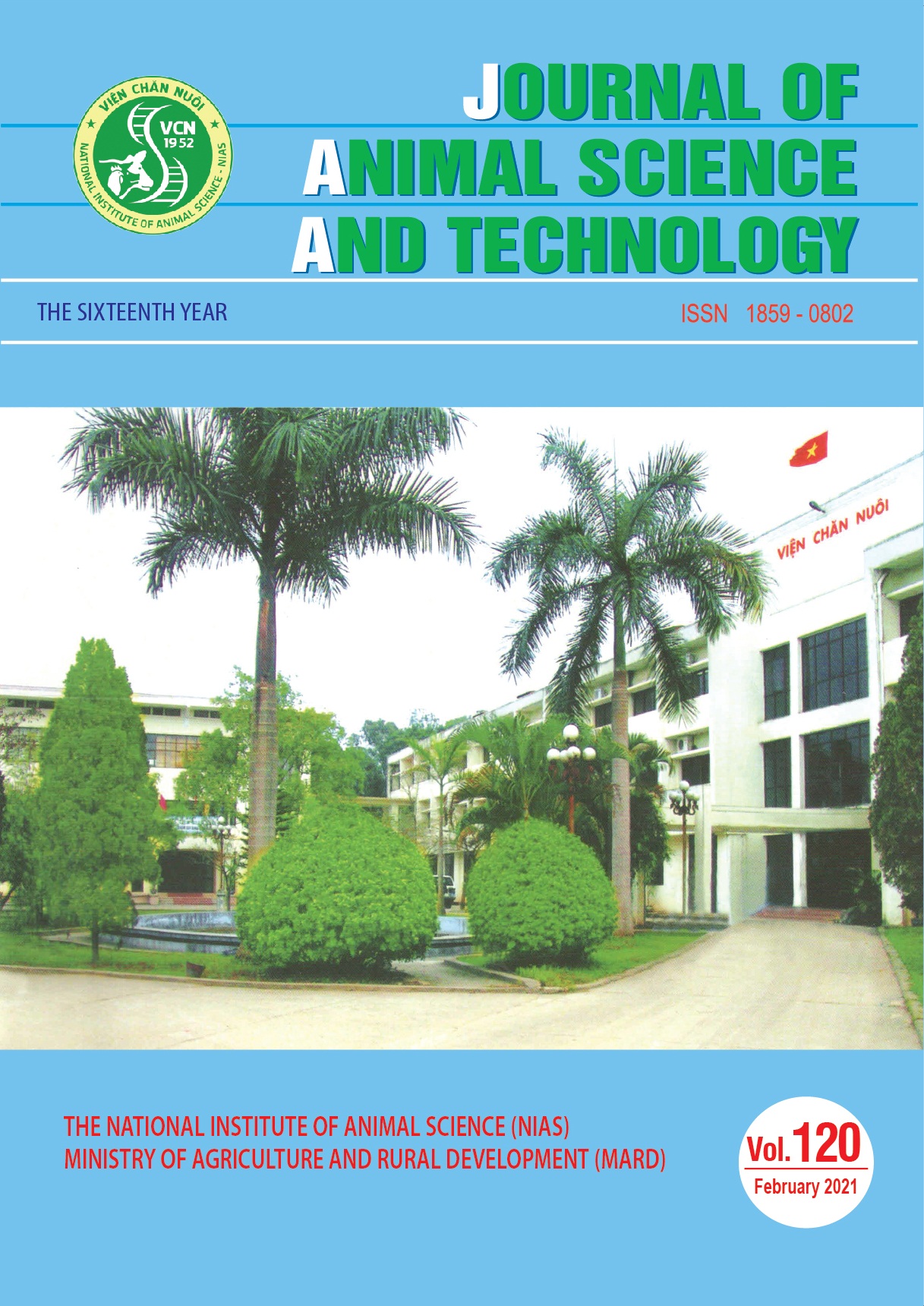Economic efficiency in beef cattle production under diferent systems at Western Highland of Vietnam
The objective of this research was to investigate the economic efficiency of beef cattle production according to three various systems in Western Highland of Vietnam. Three systems were applied as traditional grazing system (TGS), semi-intensive system (SIS) and nomadical grazing system (NGS).
Total of 1,160 cattle, out of which 512 cows, 20 breeding bulls, 628 growing calves (0-24 months old) were observed for data collection from January 2017 to June 2020 of 58 households in Gia-Lai and Dak-Lak provinces. Input expenditures for cattle production were comprised of crude feed, concentration and minerals, health care, breeding and additional expenses. Outputs were comprised of compost and calfsellings. Procedures of basic statistics and one-way ANOVA in MINITAB16 were applied for analyzing inputs, outputs and revenue per household and cow.
The results indicated that by household, the highest total output was 133.64 million Vietnam Dongs (mVND)/household/year and found in NGS, the lowest total output was of TGS with 84.75 mVND/household/year; the annual total output of SIS was 91.10 mVND/household/year. The differences between them were statistically significant (P<0.05). Whereas, the annual revenues per cow including labourcost and gross investment, excluding labour cost and gross investment interest were usually the highest estimates in SIS: 13.37 mVND/cow/year (including labour cost and gross investment); 10.05 mVND/cow/year (excluding labour cost); 8.30 mVND/cow/year (excluding labour cost and gross investment interest).
The SIS has shown the best choice for beef cattle production. It should be taken into account for extension in Western Highland of Vietnam.

